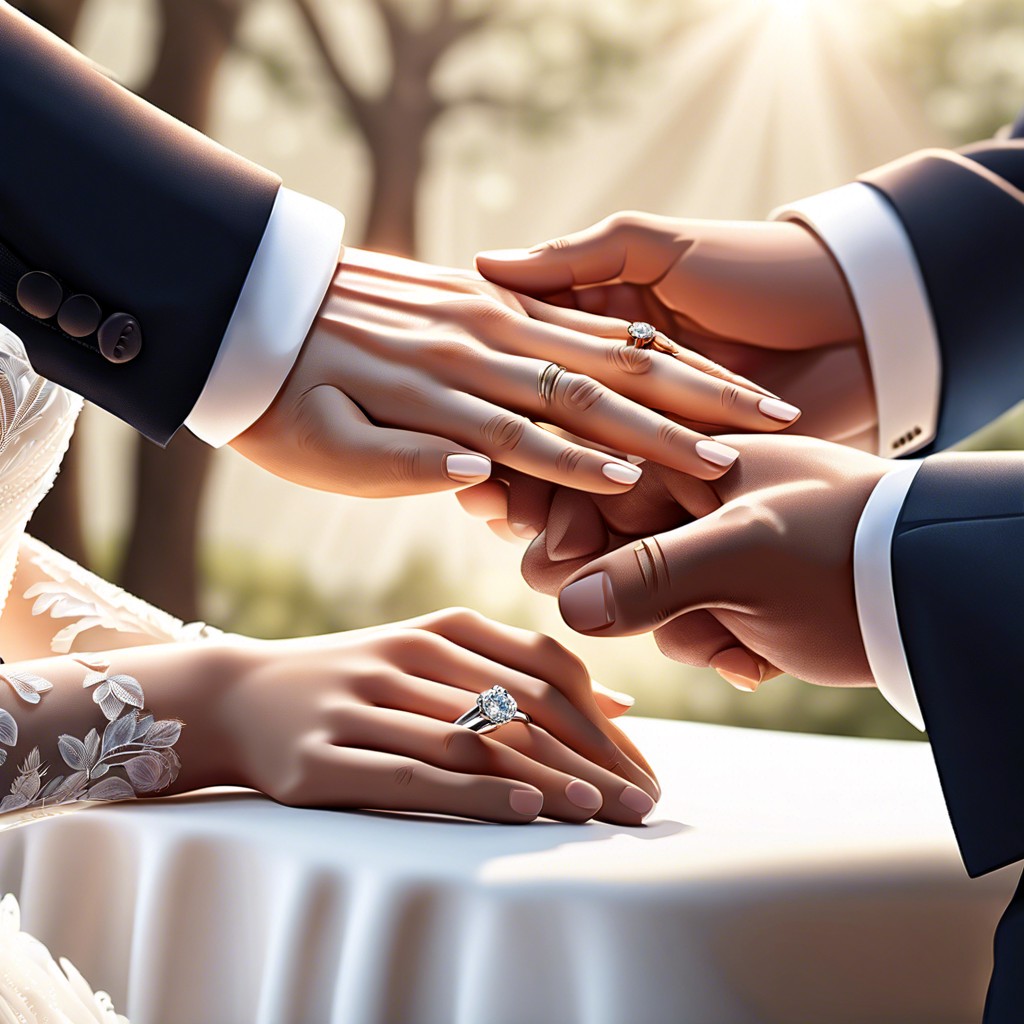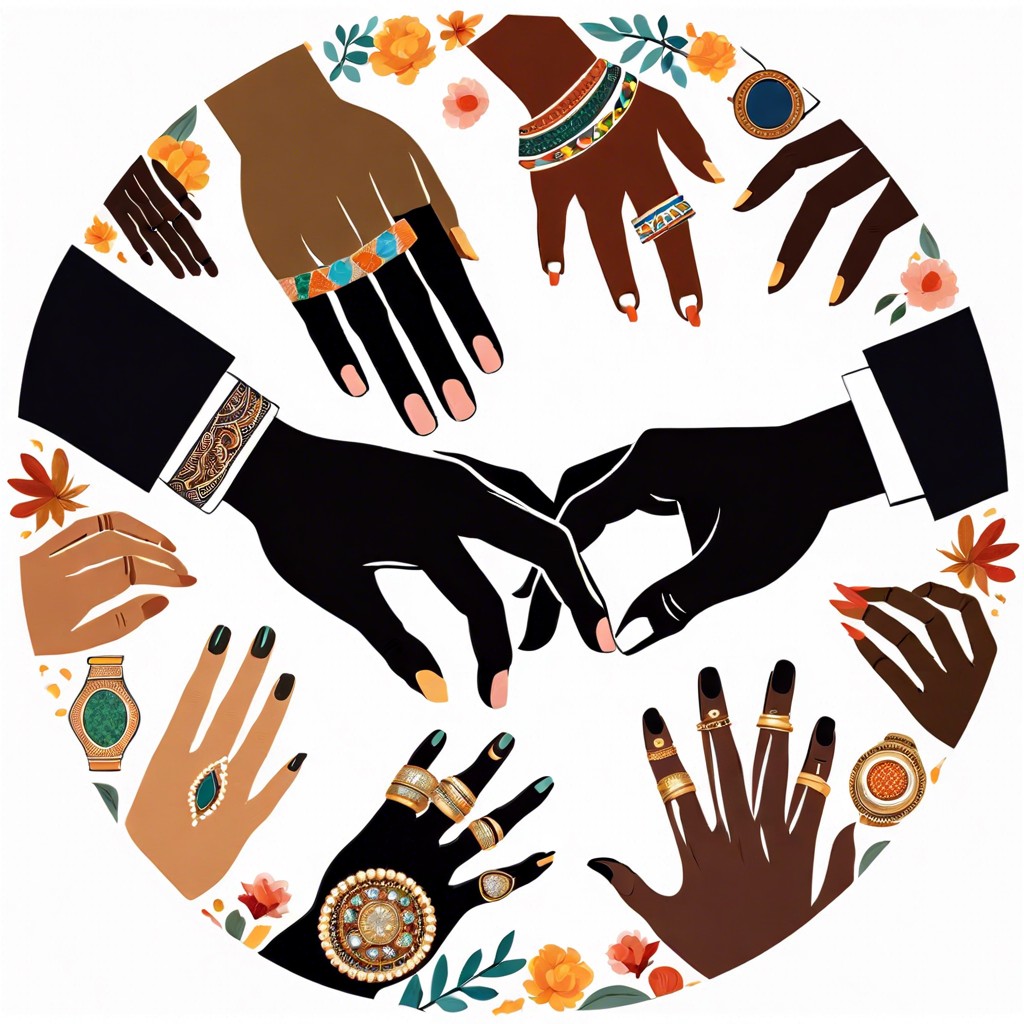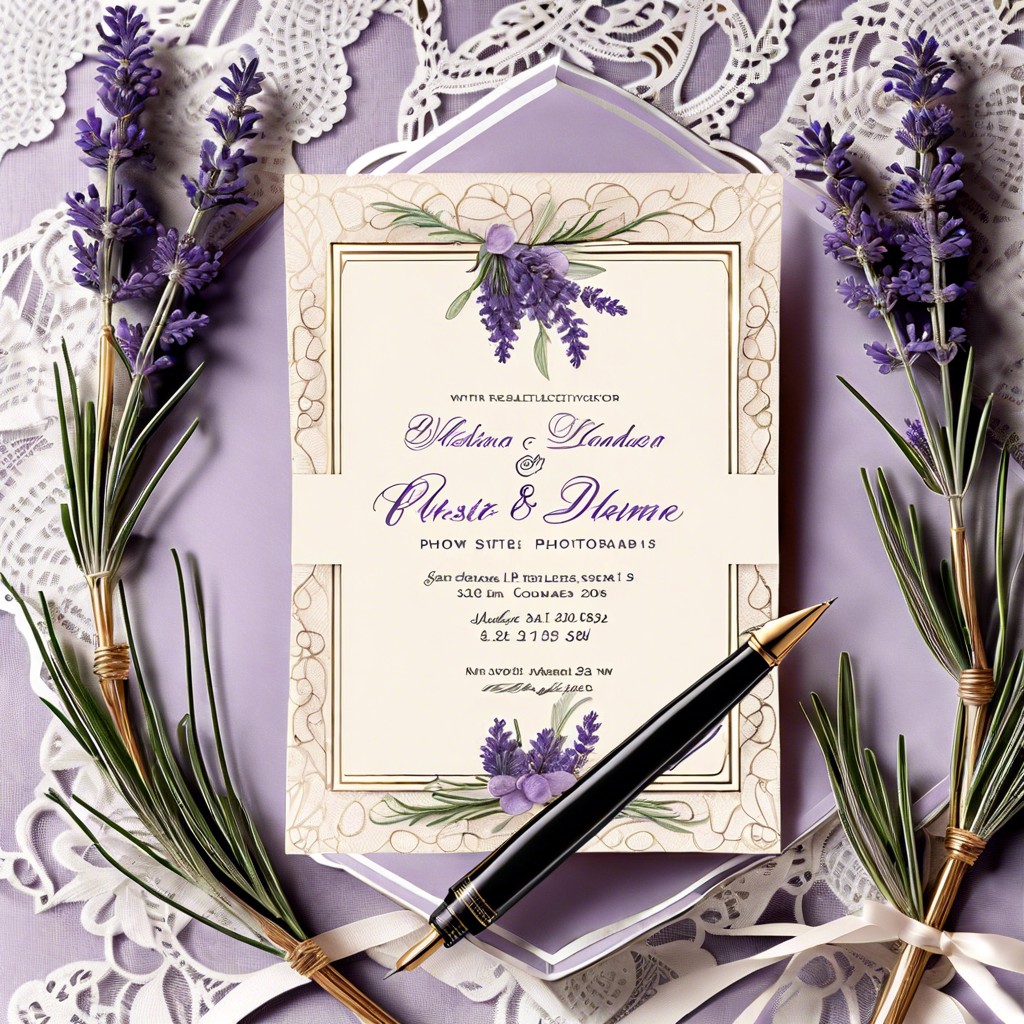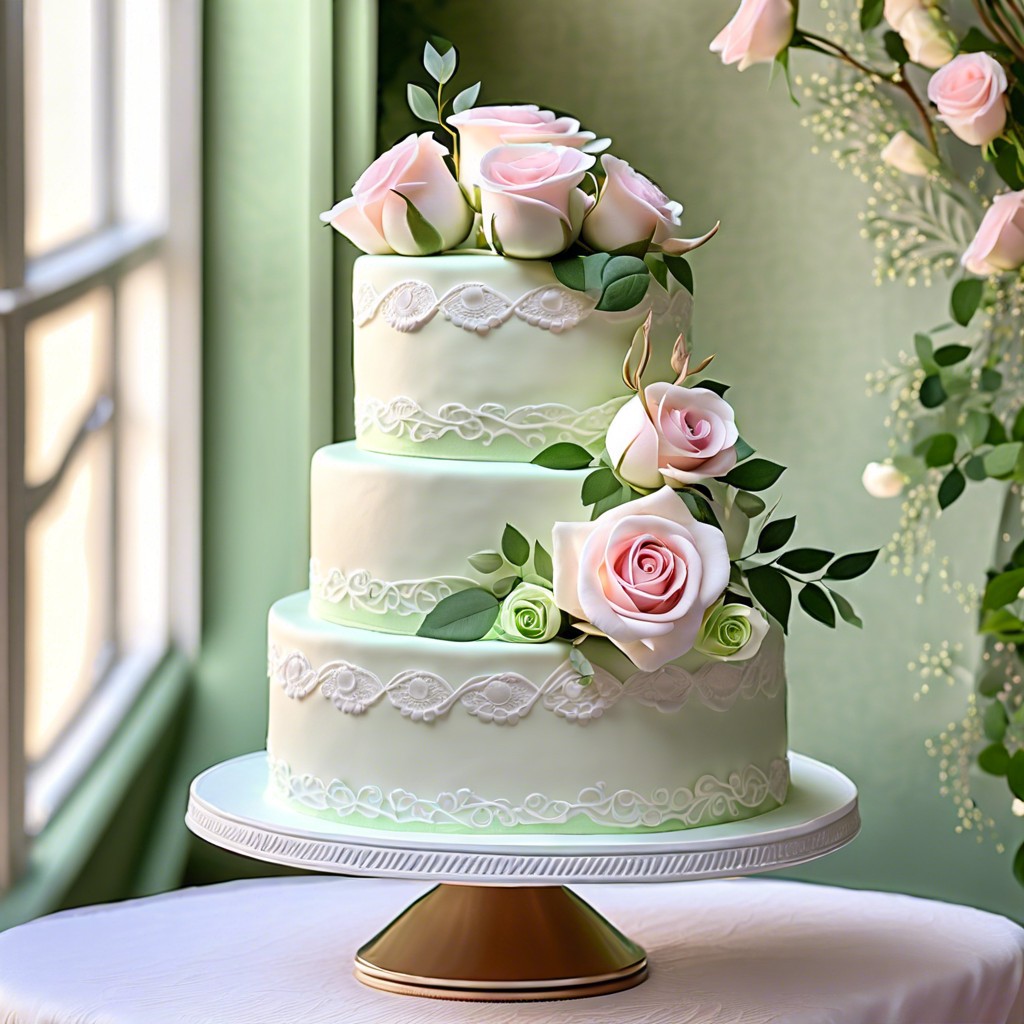Discover which hand and finger are traditionally reserved for wearing a wedding ring.
Key takeaways:
- Wedding ring traditionally worn on fourth finger of left hand
- Symbolizes love and commitment, reflecting direct connection to heart
- Different cultures may have varying traditions regarding hand and finger
- Some countries prefer right hand for wedding rings for cultural and religious reasons
- Promise ring can be worn on left hand if romantic commitment, right hand if not ready for formal engagement or marriage
What Hand Does a Wedding Ring Go On?

Traditionally, the wedding ring is worn on the fourth finger of the left hand. This custom stems from the ancient Roman belief in the “vena amoris,” or vein of love, which was thought to run directly from this finger to the heart. This romantic notion has influenced many cultures to adopt the practice, symbolizing the direct connection the ring has to the heart of the wearer, reflecting love and commitment.
In many Western cultures, this finger is referred to as the “ring finger” to reflect its purpose for the display of wedding rings. However, it’s important to note that different cultures may have varying traditions regarding which hand and finger a wedding ring is worn. The choice of hand and finger often reflects cultural, religious, or personal beliefs and preferences.
Wedding Ring On Left Hand Meaning
Historically, the tradition of wearing the wedding ring on the left hand can be traced back to ancient Romans. They believed that the vein in the fourth finger of the left hand, often called the “Vein of Love” or “Vena Amoris,” ran directly to the heart. This romantic notion symbolized that the wedding band, placed on that finger, kept the couple connected by the heart.
Although modern science has shown that all fingers have vein connections to the heart, this charming tradition has persisted over the centuries. It has become a representation of love and commitment in many Western cultures. The left hand’s association with the heart has further cemented its use for engagement rings and wedding bands, marking it as a universal symbol of matrimonial love.
Countries That Wear The Wedding Ring On The Right Hand
While many Western cultures traditionally place wedding rings on the left hand, several countries and cultures prefer the right hand for this symbolic jewelry. In countries like Russia, Greece, and Colombia, the right hand is the chosen one for wedding rings, largely due to cultural beliefs and historical meanings rooted in religion and tradition.
For example, in Orthodox Christian ceremonies, the priest places the ring on the right hand, signifying the “right hand” of God being a place of honor and virtue. Similarly, some eastern European cultures believe the right hand represents the oath taken during the marriage ceremony.
Notably, in some cultures, the wedding ring begins on the right hand and is transferred to the left after the ceremony, symbolizing a transition from betrothal to marriage. Understanding these varied traditions highlights the beautiful diversity in how love and commitment are displayed across the globe.
WHAT HAND DOES A PROMISE RING GO ON?
A promise ring can be a symbol of many types of commitment, from abstinence or friendship to an agreement to get engaged in the future.
Traditionally, a promise ring is worn on the ring finger of the left hand if it represents a romantic commitment.
However, if a couple is not quite ready for the level of commitment a wedding or engagement ring represents, the promise ring might be worn on the right hand instead.
This distinction helps to avoid confusion with a formal engagement or marriage band.
Once an engagement ring is given, the promise ring is often shifted to the right ring finger.
Remember, these customs can vary based on personal preference or cultural practices; the key is clear communication about the symbolism behind the ring.
The Wedding Ring
Traditionally, the wedding ring symbolizes a commitment and the love shared between two people. It’s often made from durable materials such as gold, platinum, or silver to represent the enduring nature of the relationship.
The circle, having no beginning or end, is also emblematic of infinity and eternal love. In many cultures, the ring is worn on the ring finger due to ancient beliefs that it contained a vein directly connected to the heart, aptly named the “Vena Amoris” or “Vein of Love.”
While modern science has disproven this, the romantic notion continues to influence where we wear our wedding bands. Over time, these rings may also accumulate personal significance, embodying the memories and milestones of a couple’s life together.



